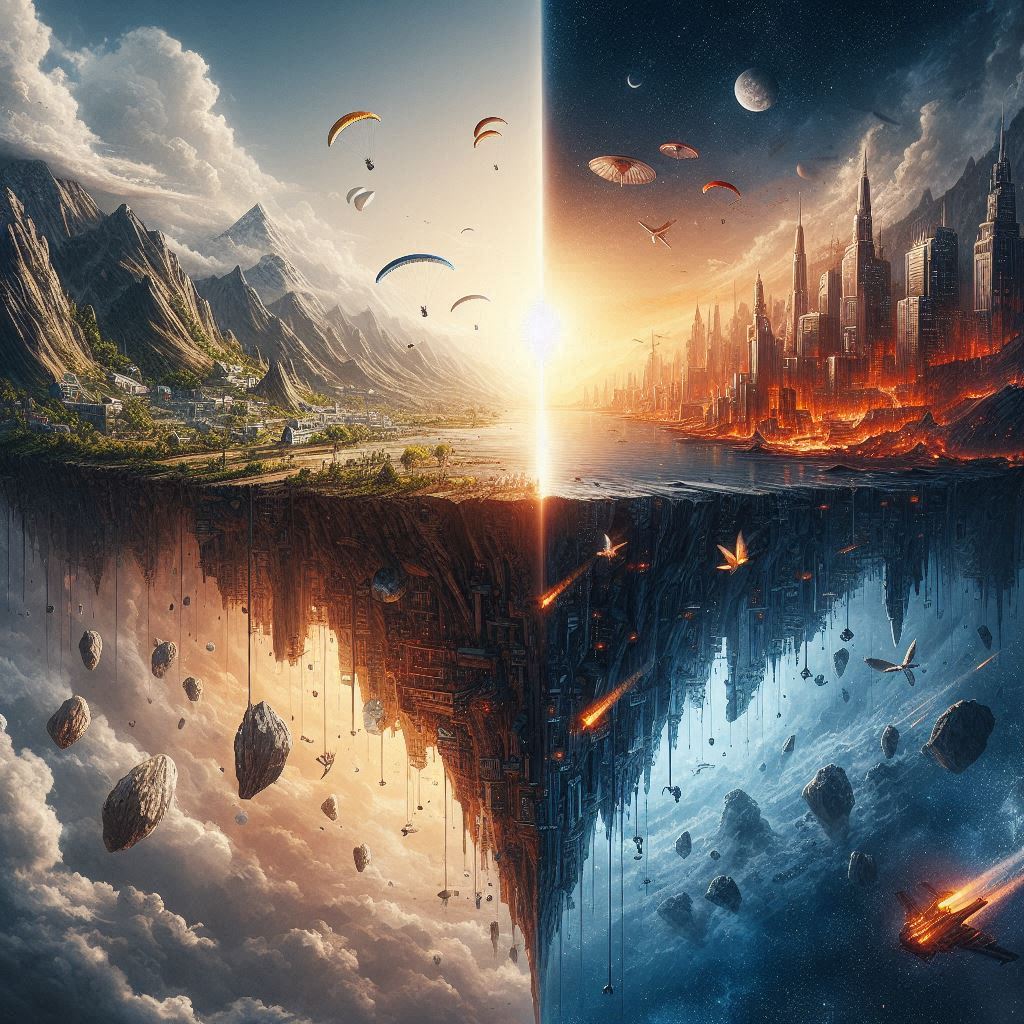Have you wondered why some stores span nine books while others fit into a single volume?
A good friend of mine wrote me recently with a reader question: “Why, since you’ve plotted out your latest series, don’t you release it right away as a single book?”
It’s actually a great question, and as Saff and I were batting this one across the Internet, I thought I’d write up our discussion – lo, here it is (…also, I did an interview with Saffron back in the day – it’s at the bottom of this post ICYMI).

What’s the problem, exactly?

Let’s say you’re an author and you want to write a new series. You’ll sit down and draft out the plot, and depending on whether you’re Stephen King (a notorious discovery writer) or James Patterson (almost criminal in his pursuit of plot clarity at the outset), that will be “vague idea of how it ends” to “I know what flavour gum the antagonist is chewing in chapter 12, because it’s pivotal to how the hero disarms the bomb in chapter 34.”
The plot is a series of events our hero(es) go through from the opening to the closing credits. The big question that prompted this discussion was, “Well, if you know how the plot unfolds, why is it 3 books? Why isn’t it just one book?”
If you’ve already got the plot, why not write it down and call the job done?
This is a great question. Ignoring things like writer preference (some might like chunking up, some might like the Yellow Pages edition…) and marketability (there is evidence trilogies sell better than almost anything else), what we’re really talking about is the difference between plot and story.
What do we mean by plot and story?
Plot is a series of events or activities. Story is the lived experience of the characters undergoing the plot.
Plot is actually the easy part. You can hop onto ChatGPT right now and ask it to generate a plot for you. Arguably, all the world’s plots are already known. While there are mechanical components to an interesting plot, it’s the tip of the iceberg.
The real sauce is the story. This is where your plot breathes through the lives of your characters. The plot defines that Michael and John fall in love, but the story lets it happen. They get to talk to each other. Go on dates. We learn what kind of martini Michael likes, and that John loves dogs. We feel John’s heart flutter when he gets a txt, and how Michael has an “it’s complicated” relationship status on Facebook that is confusing for both of them.
A writer can bullet-point these out for you, but it’s got no life. If it did, we’d be able to buy the Cliff Notes summary of every novel and get all the feeling from it that reading the novel provides. But Cliff Notes never promised to make you laugh or cry. They tell you what happened, but not why or how.
And that why+how is what takes your plot outline from a few text boxes in Aeon Timeline through to a 80,000-word novel, or trilogy.
Do you have an example?
There’s a great movie called Long Shot. In it, Seth Rogan’s Fred and Charlize Theron’s Charlotte get into a relationship (and if you think this is a spoiler, we’re starting to understand the difference between plot and story).
It starts out innocently enough. Fred’s been fired by The Man™ and Charlotte is running for Prez. She hires him as a punch-up writer, because a) he’s a good, powerful writer and b) because she quite likes the cut of his jib from knowing him when they were teenagers. Cue the most outstandingly long shot in romance movie history, which is part of the movie’s superb charm.
During the ‘discovery phase’ of their rediscovered friendship, Fred asks Charlotte about herself (what she likes, that kind of thing). During this scene we learn she knows a) everything that happens in Game of Thrones, but b) has never watched an episode. She gets summaries from an aide, so when she’s doing cocktails with the Sultan of Brunei or whatever, she can vibe on the plot and make it sound like she knows what the story is about.
Fred is dumbfounded, but Charlotte doesn’t understand the problem. This is because Fred likes stories; Charlotte only needs the plot.
Or does she?
Later in the movie, Charlotte watches the GoT episode where a (very cool and loyal) dragon dies. She watches the series up to the point, and then as the scene unfolds, she cries, because it is poignant, and hard to experience. It is beautiful, and shows all the colours of the soul.
She finally understands story. Story is what makes life worth living. It’s the thing that brings joy, or tears. It’s what makes us mad, or drives us to great effort.
While plot is the skeleton, it’s the story that adds all the parts made out of meat. Think of plot as the boring outline of your IKEA furniture, just a set of parts and a hard-to-understand instruction sheet. The story? That’s the colourful, messy process of actually putting it together, like the time Michael and John tried to assemble a bookshelf and ended up with a wine rack. It captivates readers and makes your narrative unforgettable. You can let the plot be the scaffold, but it’s the story that brings the party.
There’s a saying that I particularly like:
The world is full of stories, and sometimes they allow themselves to be told.
PS: I promised more Saffy
Here you go!
Discover more from Parrydox
Subscribe to get the latest posts sent to your email.